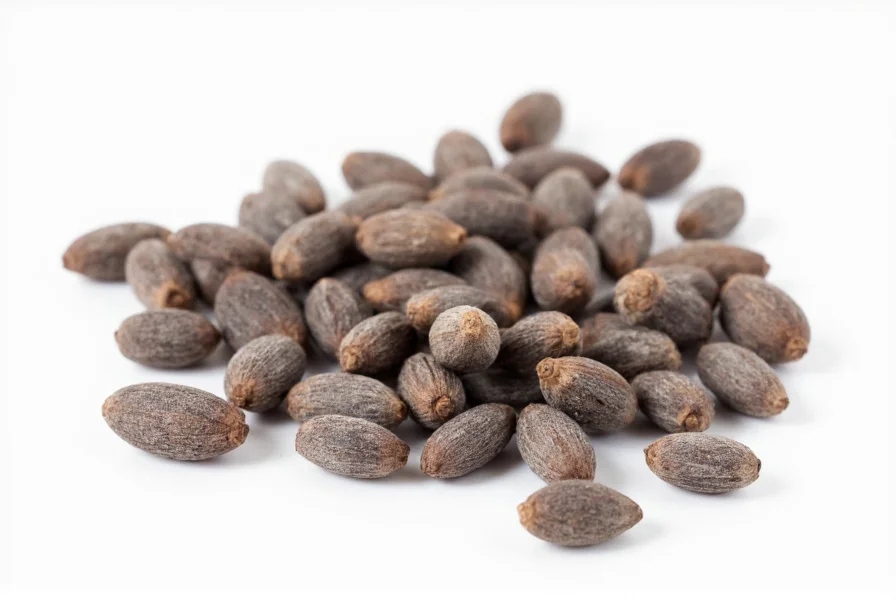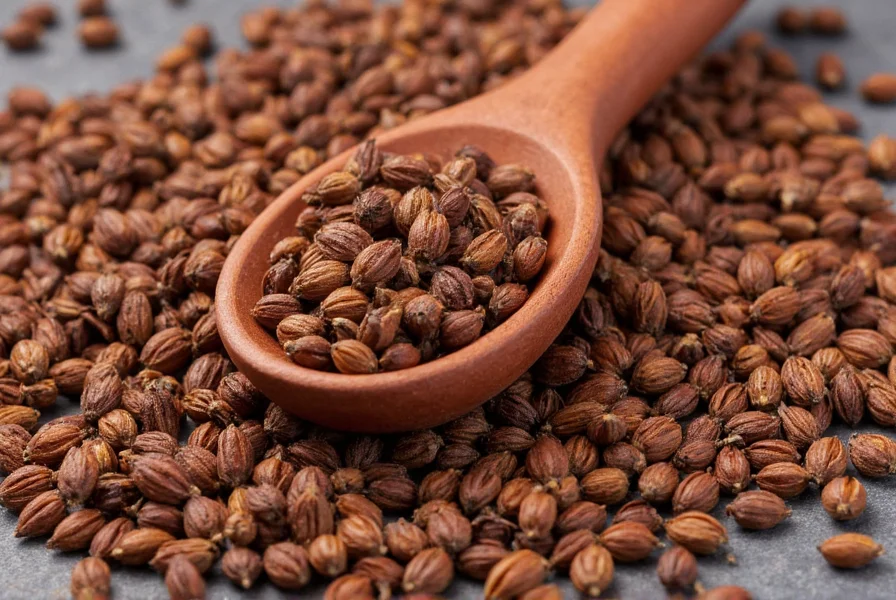Anise has been treasured since ancient times for its unique flavor profile and versatility. This small, oval seed with a subtle yet distinctive licorice-like taste has found its way into kitchens, apothecaries, and distilleries across multiple continents for thousands of years. Understanding what is anise requires distinguishing it from similarly named but botanically unrelated spices that often cause confusion among home cooks and culinary enthusiasts.
Botanical Background and Origins
Anise (Pimpinella anisum) belongs to the Apiaceae family, which includes carrots, celery, and parsley. This annual herb grows to about 2 feet tall and produces伞-shaped flower clusters that develop into the familiar aniseed fruits. Native to the eastern Mediterranean region and Southwest Asia, anise has been cultivated since ancient Egyptian times, with historical records showing its use in both culinary and medicinal contexts dating back to the 15th century BCE.
The plant thrives in warm climates with well-drained soil and requires a long growing season of approximately 120 days. Anise seeds are actually the dried fruits of the plant, technically classified as schizocarps that split into two halves when mature. Each seed contains 2-6% essential oil, primarily composed of anethole (80-90%), which gives anise its characteristic flavor and aroma.
Anise vs. Star Anise: Critical Distinctions
One of the most common points of confusion in culinary circles is the difference between anise and star anise. Despite their similar names and flavors, these are completely different plants with distinct botanical origins:
| Characteristic | True Anise (Pimpinella anisum) | Star Anise (Illicium verum) |
|---|---|---|
| Botanical Family | Apiaceae (carrot family) | Schisandraceae |
| Plant Type | Annual herb | Perennial tree |
| Origin | Mediterranean, Southwest Asia | China, Vietnam |
| Appearance | Small, oval, grayish-brown seeds | Star-shaped fruit pods with 6-8 points |
| Primary Flavor Compound | Anethole | Anethole |
| Flavor Intensity | Milder, sweeter | Stronger, more pungent |
While both contain anethole and share a similar flavor profile, they are not interchangeable in all recipes. True anise has a more delicate, sweeter flavor compared to the stronger, more medicinal taste of star anise. Additionally, Japanese star anise (Illicium anisatum) is toxic and should never be consumed, making proper identification crucial for food safety.

Culinary Applications of Anise
Anise seeds are incredibly versatile in the kitchen. Their sweet, aromatic flavor enhances both sweet and savory dishes across various global cuisines. In Mediterranean cooking, anise features prominently in breads, pastries, and fish dishes. Mexican cuisine uses anise in mole sauces and certain cheeses, while Middle Eastern recipes incorporate it into spice blends like baharat.
When using anise in cooking, remember that whole seeds retain their flavor longer than ground anise. For maximum flavor extraction, lightly toast the seeds before use or crush them to release their essential oils. Anise works particularly well with:
- Fruit-based desserts (especially apples and pears)
- Cheese dishes (notably feta and goat cheese)
- Seafood preparations
- Marinades for pork and poultry
- Homemade liqueurs and spirits
Traditional Medicinal Uses and Modern Research
Historically, anise has been used for various medicinal purposes across different cultures. Ancient Egyptians used it for digestive issues, while Greek and Roman physicians prescribed it for respiratory conditions. Traditional medicine systems have employed anise for:
- Relieving digestive discomfort and bloating
- Reducing cough and respiratory congestion
- Supporting lactation in nursing mothers
- Alleviating menstrual discomfort
Modern scientific research provides some support for these traditional uses. Studies indicate that anise may have:
- Antispasmodic properties that can ease digestive tract contractions
- Mild estrogenic effects that might support hormonal balance
- Antimicrobial activity against certain bacteria and fungi
- Potential benefits for respiratory health through expectorant effects
However, more comprehensive clinical trials are needed to fully validate many of these potential health benefits of anise seeds. As with any herbal remedy, consult with a healthcare provider before using anise for medicinal purposes, especially if you have existing health conditions or take medications.

How to Select and Store Anise
When purchasing anise, look for seeds that are uniform in color (grayish-brown), whole (not broken), and aromatic. Fresh anise should have a sweet, licorice-like scent without musty or stale odors. Whole seeds maintain their flavor significantly longer than ground anise.
For optimal storage:
- Keep in an airtight container away from light and heat
- Store in a cool, dark cupboard (not next to the stove)
- Whole seeds retain quality for 2-3 years; ground anise for 6-12 months
- For extended storage, keep in the freezer in a sealed container
Incorporating Anise into Your Cooking
Understanding how to use anise effectively can transform your culinary creations. Here are practical tips for working with this versatile spice:
- Use 1/4 to 1/2 teaspoon of ground anise per recipe as a starting point
- For whole seeds, use 1/2 to 1 teaspoon depending on desired intensity
- Add early in cooking for savory dishes to allow flavors to meld
- Add later in baking to preserve more of the delicate flavor
- Pair with complementary spices like cinnamon, cloves, and ginger
- Combine with citrus zest to balance the licorice notes
Popular applications include adding to fruit compotes, incorporating into cookie and biscotti recipes, flavoring homemade liqueurs, and enhancing tomato-based sauces. In baking, anise works particularly well with rye flour and in traditional European holiday cookies.
Frequently Asked Questions About Anise
What is the difference between anise and fennel?
While both anise and fennel have licorice-like flavors, they come from different plants. Anise (Pimpinella anisum) produces small, oval seeds with a stronger, sweeter flavor, while fennel (Foeniculum vulgare) is a larger plant with feathery leaves and bulbous base. Fennel seeds are larger, greener, and have a milder flavor than anise seeds. The plants belong to the same family (Apiaceae) but are different species.
Can I substitute star anise for anise seeds in recipes?
You can substitute star anise for anise seeds, but with caution. One star anise pod generally equals 1 teaspoon of anise seeds, but star anise has a stronger, more pungent flavor. It works better in long-cooked dishes where you can remove the whole pods before serving. For baking or recipes requiring the texture of seeds, the substitution may not work well. Note that star anise contains similar compounds but has additional flavor notes that differ from true anise.
Are there any safety concerns with consuming anise?
Anise is generally recognized as safe when consumed in typical food amounts. However, some people may experience allergic reactions, particularly those with allergies to plants in the Apiaceae family. Large medicinal doses might affect hormone-sensitive conditions due to its potential estrogenic effects. Pregnant women should avoid medicinal amounts but can safely consume anise in normal culinary quantities. Always consult a healthcare provider before using anise for therapeutic purposes.
What gives anise its distinctive licorice flavor?
The distinctive licorice flavor of anise comes primarily from a compound called anethole, which makes up 80-90% of the essential oil in anise seeds. Anethole is also found in star anise, fennel, and licorice root, which is why these plants share similar flavor profiles. The concentration and accompanying compounds create subtle differences in how the anethole presents in each plant, giving anise its unique sweet, warm, and slightly spicy character compared to other anethole-containing plants.
How does anise compare nutritionally to other common spices?
Anise seeds are nutritionally dense compared to many spices. One tablespoon (7g) contains approximately 23 calories, 1g protein, 1g fat, 3g carbohydrates, and 1g fiber. They're particularly rich in manganese (17% of daily value), iron (10%), and calcium (6%). Like many spices, anise contains various phytochemicals with potential health benefits. While not typically consumed in large enough quantities to serve as a primary nutrient source, anise contributes valuable antioxidants and bioactive compounds to the diet when used regularly in cooking.











 浙公网安备
33010002000092号
浙公网安备
33010002000092号 浙B2-20120091-4
浙B2-20120091-4